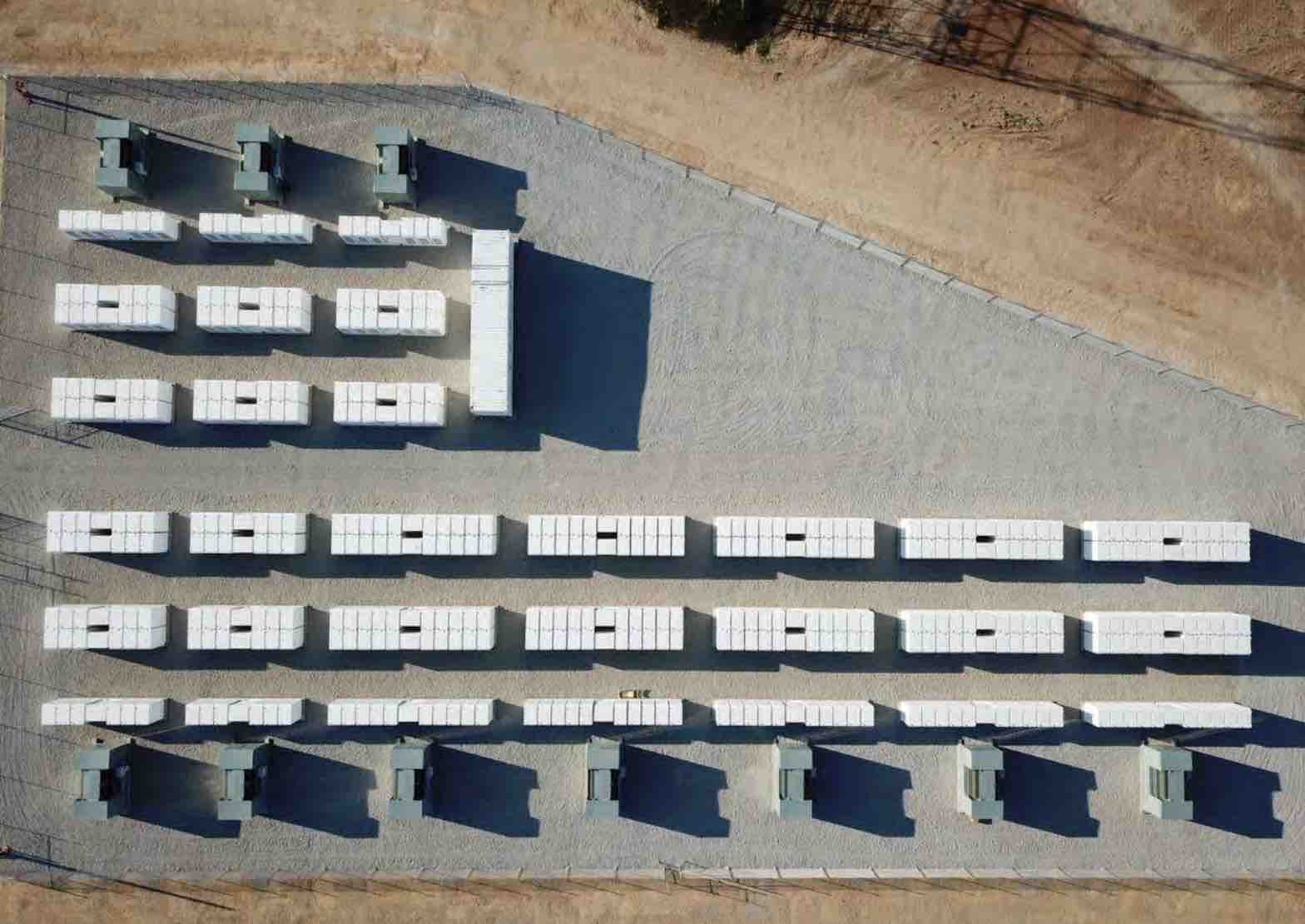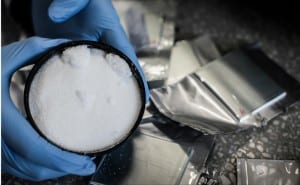Infrastructure investor Quinbrook is reportedly seeking buyers for its potentially massive battery storage and peaking gas project in Queensland after the company failed to get a deal with the federal government’s stalled underwriting program.
Lockyer Energy was one of 12 projects shortlisted by federal energy minister Angus Taylor in early 2019 as part of what he called an urgent need for “dispatchable” generation. But more than three years later, nothing has come of the scheme.
The Lockyer project was originally billed as a peaking gas generator – at least in the federal government’s description – but it appears that Quinbrook has been keeping its options open and is now heavily favoured towards battery storage.
Its website says the project has planning permission for up to 1,000MW of capacity, and up to six gas turbines, but how that is sliced and diced between battery storage and peaking gas generators is yet to be decided.
Battery storage is becoming increasingly popular because they are becoming cheaper, do not cause emissions, and have multiple potential revenue streams.
A peaking gas generator – like the one the federal government decided to build through Snowy Hydro, courtesy of more than $660 million of taxpayer money – has a specific role to meet peak demand when needed, and/or in supply droughts, but will be switched off 98 per cent of the time.
Quinbrook’s decision to seek a buyer for Lockyer was reported by Sparkspread, which said the project could be sized as either a 750MW battery (no length of storage was cited), or a combined 550MW battery with a 120MW gas generator.
The gas unit would reportedly be capable of using hydrogen. It is located north of Gatton and ANZ is said to be conducting the sale.
At the reported size, it would be the biggest battery in the state, although plans are also emerging for even bigger battery storage projects, such as Andrew Forrest’s 2GWh battery plan as part of a major renewable hydrogen hub in central Queensland.
RenewEconomy reached out to Quinbrook for comment on the article but the company, through a spokesman, declined to comment.










